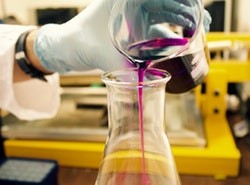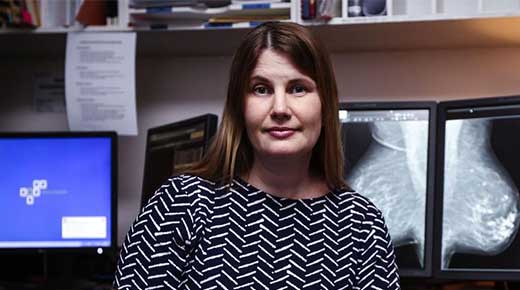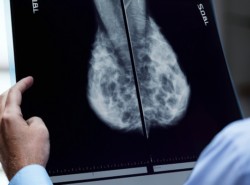
A novel method to measure breast density in young women
Published: 10/9/19 1:48 AM

Jennifer Stone
Breast density is a strong risk factor for breast cancer where women with very dense breasts for their age are more likely to develop breast cancer than women with non-dense (fatty) breasts. Based on what we know thus far, we think that breast density is established when the breasts form, largely due to genetic factors, and then environmental factors modify breast density over time. However, all of this evidence has been derived from mammography which is not recommended for younger women (<40 years) due to low absolute risk and radiation exposure. There is almost no data from younger women. New methods of measuring breast density are therefore needed to bridge large gaps in knowledge regarding breast density in young women and its relation to later-life breast cancer risk. Members of our team have developed Transillumination Breast Spectroscopy (TiBS) which uses light to estimate breast density and is safe and easy to use.
We are proposing a pilot study to test the feasibility and acceptability of this novel method, TiBS, to measure breast density in young adult women participating in the Western Australian Pregnancy Cohort (the Raine Study) who have been followed from prenatal life and are now aged 24. We will also use the extensive data collected by the Raine Study to help validate TiBS as a measure of breast density in young women. This study will lay the groundwork for future follow-up studies needed to understand the life course of breast density and its relation to breast cancer risk.
